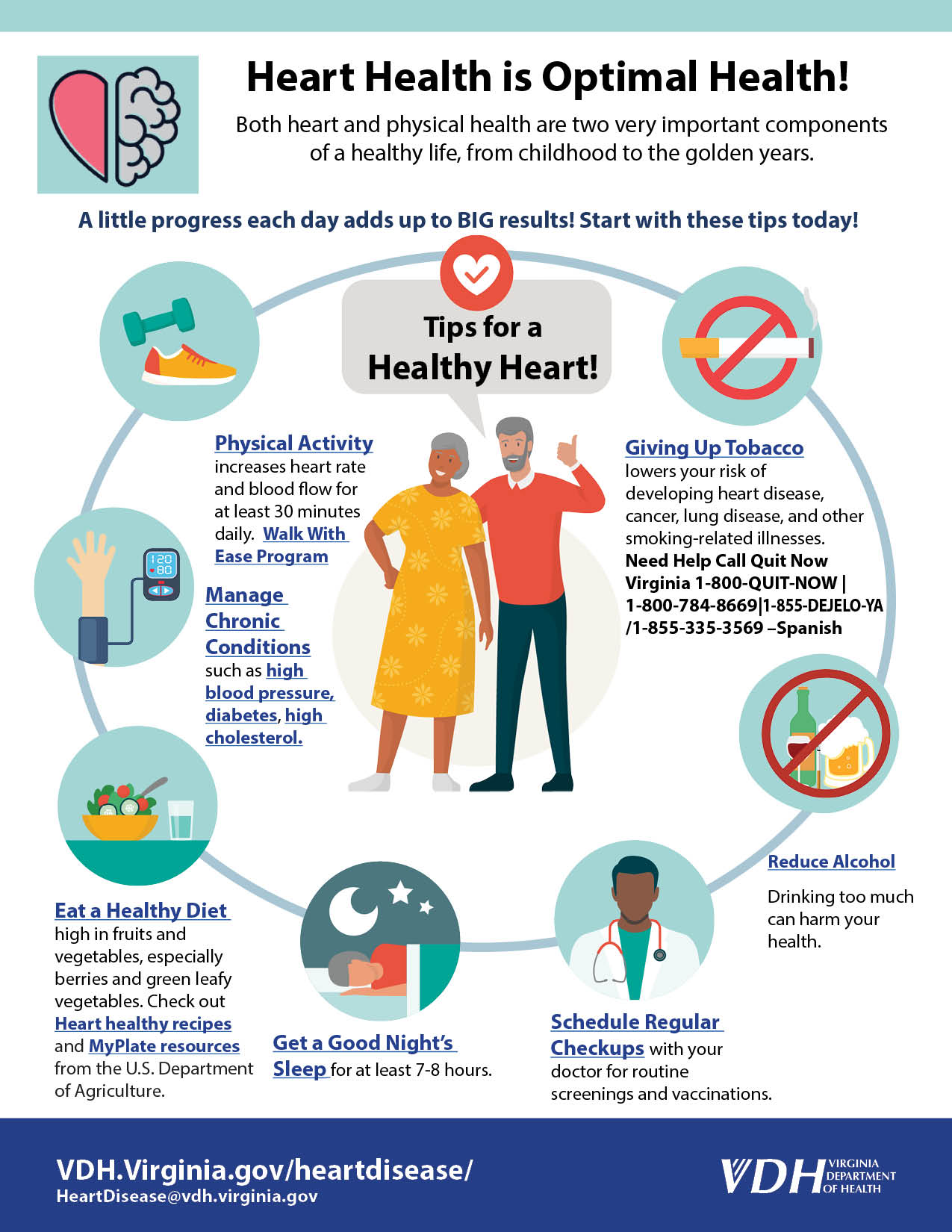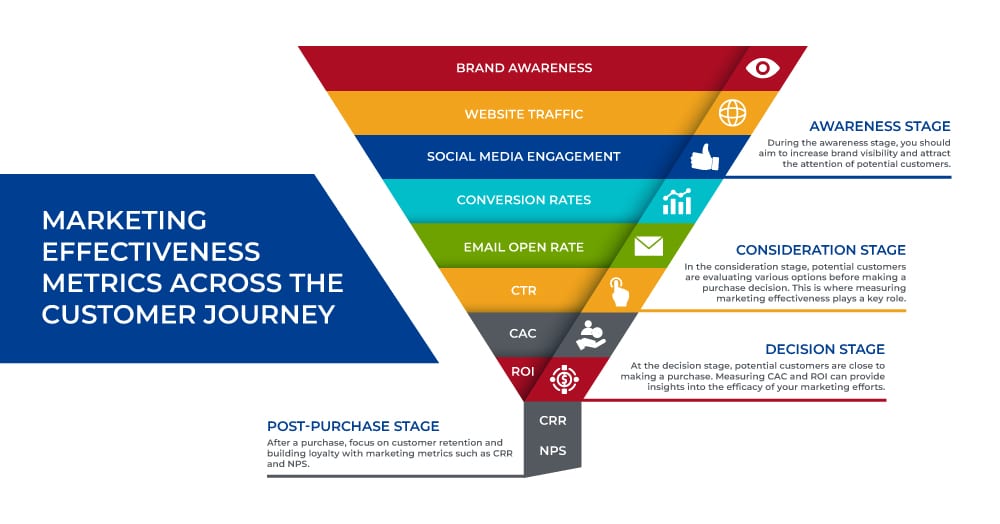“Heart Disease Prevention Campaigns: Effectiveness Assessment
Related Articles Heart Disease Prevention Campaigns: Effectiveness Assessment
- Pediatric Heart Disease: Diagnosis And Treatment
- Social Determinants Of Health And Chronic Disease Outcomes – Part 10
- Holistic Wellness Programs For Chronic Disease Patients – Part 2: Implementation, Challenges, And The Future Of Integrated Care
- Preventive Screening Guidelines For Chronic Conditions: A Comprehensive Overview
- Educational Interventions For Chronic Disease Prevention – Part 7: Leveraging Technology For Enhanced Impact
Introduction
With great enthusiasm, let’s explore interesting topics related to Heart Disease Prevention Campaigns: Effectiveness Assessment. Come on knit interesting information and provide new insights to readers.
Table of Content
Heart Disease Prevention Campaigns: Effectiveness Assessment

Introduction
Heart disease remains a leading cause of morbidity and mortality worldwide, placing a significant burden on healthcare systems and economies. Prevention is paramount, and heart disease prevention campaigns have become a cornerstone of public health strategies. These campaigns aim to raise awareness, promote healthy behaviors, and reduce risk factors associated with cardiovascular diseases. However, the effectiveness of these campaigns varies widely, and a thorough assessment is crucial to optimize their impact. This article delves into the effectiveness of heart disease prevention campaigns, exploring various approaches, challenges, and strategies for improvement.
Understanding Heart Disease and Its Risk Factors
Heart disease encompasses a range of conditions affecting the heart, including coronary artery disease, heart failure, arrhythmias, and congenital heart defects. Many risk factors contribute to the development of heart disease, including:
- Modifiable Risk Factors: These factors can be altered through lifestyle changes and medical interventions.
- High Blood Pressure: Hypertension increases the workload on the heart and damages blood vessels.
- High Cholesterol: Elevated levels of LDL cholesterol contribute to plaque buildup in arteries.
- Smoking: Tobacco use damages blood vessels, increases blood pressure, and reduces oxygen supply to the heart.
- Obesity: Excess weight strains the heart and increases the risk of other risk factors like high blood pressure and diabetes.
- Physical Inactivity: Lack of exercise contributes to obesity, high blood pressure, and high cholesterol.
- Unhealthy Diet: Diets high in saturated and trans fats, cholesterol, sodium, and added sugars increase the risk of heart disease.
- Diabetes: High blood sugar levels damage blood vessels and increase the risk of heart disease.
- Non-Modifiable Risk Factors: These factors cannot be changed but should be considered in prevention efforts.
- Age: The risk of heart disease increases with age.
- Gender: Men are generally at higher risk of heart disease than women, although the risk for women increases after menopause.
- Family History: A family history of heart disease increases an individual’s risk.
- Race/Ethnicity: Certain racial and ethnic groups have a higher risk of heart disease.
Types of Heart Disease Prevention Campaigns
Heart disease prevention campaigns employ various strategies to reach diverse populations and address specific risk factors. Common types of campaigns include:
- Awareness Campaigns: These campaigns aim to increase public knowledge about heart disease, its risk factors, and the importance of prevention. They often use mass media, social media, and community events to disseminate information.
- Behavior Change Campaigns: These campaigns focus on promoting specific healthy behaviors, such as quitting smoking, adopting a healthy diet, increasing physical activity, and managing stress. They often use motivational interviewing, behavioral counseling, and social support to encourage behavior change.
- Screening and Early Detection Campaigns: These campaigns encourage individuals to undergo screening for risk factors like high blood pressure, high cholesterol, and diabetes. Early detection allows for timely intervention and management of these conditions.
- Policy and Environmental Change Campaigns: These campaigns advocate for policies and environmental changes that support heart health, such as smoke-free laws, healthy food policies in schools, and the creation of walkable and bikeable communities.
Assessing the Effectiveness of Heart Disease Prevention Campaigns
Evaluating the effectiveness of heart disease prevention campaigns is crucial to determine whether they are achieving their intended goals and to identify areas for improvement. Several methods can be used to assess effectiveness:
- Reach: This measures the proportion of the target population that is exposed to the campaign. Reach can be assessed through surveys, media monitoring, and website analytics.
- Awareness: This measures the extent to which the campaign has increased public knowledge about heart disease and its risk factors. Awareness can be assessed through pre- and post-campaign surveys.
- Knowledge: This measures the extent to which the target audience understands the key messages of the campaign.
- Attitudes: This measures changes in attitudes toward heart disease prevention behaviors.
- Behavior Change: This measures the extent to which the campaign has led to changes in healthy behaviors, such as quitting smoking, adopting a healthy diet, and increasing physical activity. Behavior change can be assessed through surveys, self-reported data, and objective measures like blood pressure and cholesterol levels.
- Health Outcomes: This measures the impact of the campaign on health outcomes, such as the incidence of heart disease, hospitalizations for heart disease, and mortality from heart disease. Health outcomes can be assessed through population-based surveillance data and clinical registries.
- Cost-Effectiveness: This assesses the value of the campaign in relation to its cost. Cost-effectiveness analysis compares the cost of the campaign to the health benefits it produces.
Factors Influencing Campaign Effectiveness
Several factors can influence the effectiveness of heart disease prevention campaigns:
- Target Audience: Campaigns that are tailored to the specific needs and characteristics of the target audience are more likely to be effective. Considerations include age, gender, race/ethnicity, socioeconomic status, and cultural background.
- Message Design: Messages should be clear, concise, and memorable. They should also be culturally appropriate and use language that resonates with the target audience.
- Communication Channels: The choice of communication channels should be based on the preferences of the target audience. Common channels include mass media, social media, community events, healthcare providers, and schools.
- Intensity and Duration: Campaigns that are more intensive and sustained over a longer period are more likely to be effective.
- Partnerships: Collaboration with community organizations, healthcare providers, and other stakeholders can enhance the reach and impact of campaigns.
- Evaluation: Ongoing monitoring and evaluation are essential to track progress, identify challenges, and make adjustments to the campaign as needed.
- Funding: Adequate funding is necessary to support the development, implementation, and evaluation of campaigns.
Challenges in Assessing Campaign Effectiveness
Assessing the effectiveness of heart disease prevention campaigns can be challenging due to several factors:
- Attribution: It can be difficult to isolate the impact of a campaign from other factors that may influence heart health, such as changes in healthcare practices, economic conditions, and social trends.
- Long-Term Outcomes: Heart disease develops over many years, so it can be difficult to assess the long-term impact of a campaign on health outcomes.
- Data Availability: Reliable data on risk factors, behaviors, and health outcomes may not be readily available or may be incomplete.
- Methodological Issues: Surveys and other data collection methods may be subject to bias, and it can be difficult to obtain representative samples of the target population.
- Funding Constraints: Limited funding may restrict the scope and rigor of evaluation efforts.
Strategies for Improving Campaign Effectiveness
To enhance the effectiveness of heart disease prevention campaigns, consider the following strategies:
- Use Evidence-Based Approaches: Base campaign strategies on the best available evidence from research and practice.
- Tailor Campaigns to the Target Audience: Develop messages and materials that are relevant and appealing to the specific needs and characteristics of the target audience.
- Employ Multiple Communication Channels: Use a variety of communication channels to reach the target audience, including mass media, social media, community events, healthcare providers, and schools.
- Incorporate Behavioral Change Techniques: Use motivational interviewing, behavioral counseling, and social support to encourage behavior change.
- Promote Policy and Environmental Changes: Advocate for policies and environmental changes that support heart health, such as smoke-free laws, healthy food policies in schools, and the creation of walkable and bikeable communities.
- Engage Community Partners: Collaborate with community organizations, healthcare providers, and other stakeholders to enhance the reach and impact of campaigns.
- Conduct Rigorous Evaluation: Use a variety of methods to assess the reach, awareness, behavior change, and health outcomes of campaigns.
- Disseminate Findings: Share the results of evaluations with stakeholders to inform future campaign efforts.
- Secure Adequate Funding: Advocate for increased funding to support the development, implementation, and evaluation of heart disease prevention campaigns.
Examples of Effective Campaigns
Several heart disease prevention campaigns have demonstrated effectiveness in reducing risk factors and improving health outcomes. Examples include:
- The VERB Campaign: This campaign, launched by the Centers for Disease Control and Prevention (CDC), aimed to increase physical activity among children and adolescents. Evaluations showed that the campaign increased awareness of the importance of physical activity and led to modest increases in physical activity levels.
- The Tips From Former Smokers Campaign: This campaign, also launched by the CDC, features testimonials from former smokers who have suffered from smoking-related diseases. Evaluations showed that the campaign increased quit attempts and reduced smoking rates.
- The Million Hearts Campaign: This national initiative aims to prevent 1 million heart attacks and strokes by 2017. The campaign focuses on promoting evidence-based strategies to improve cardiovascular health, such as controlling blood pressure, managing cholesterol, and quitting smoking.
Conclusion
Heart disease prevention campaigns play a vital role in reducing the burden of cardiovascular diseases. While the effectiveness of these campaigns varies, careful planning, implementation, and evaluation can significantly enhance their impact. By tailoring campaigns to the target audience, using evidence-based approaches, employing multiple communication channels, incorporating behavioral change techniques, promoting policy and environmental changes, engaging community partners, and conducting rigorous evaluation, public health professionals can maximize the effectiveness of heart disease prevention efforts and improve the health and well-being of populations worldwide.








Leave a Reply